

The United States spends far more on its military than any other nation, accounting for just under 40% of all military spending worldwide. Following the end of the Cold War and the consolidation of defense contractors in the 1990s, most defense contracts went to the same five companies. Those five companies still dominate the defense sector but rapid technological advances and new geopolitical threats may open opportunities for newcomers in the market. This article examines the 12 largest defense contractors in the United States and what the future might hold.
Why This Matters

The lack of competition in the defense sector is a serious concern for the Department of Defense (DoD). A 2022 report noted that the number of prime contractors went from 51 to just 5 in the 1990s and that relying on so few companies is a national security concern. It’s important to understand why the gap between the ‘big five’ and the rest is so large and what moves are being made to increase competition.
Historical Context: “The Last Supper” And The Rise Of The “Big Five”

In 1993 then-Deputy Secretary of Defense Bill Perry invited executives from the defense sector to a dinner where he warned of major cuts to defense spending. To survive, many defense contractors would have to consolidate into a few. Attendees dubbed the seminal moment “the last supper.”
The aftermath sparked a wave of mergers and acquisitions in the defense sector, Lockheed and Martin Marietta merged in March 1994. That same year Northrop bought Grumman. In 1997 Boeing merged with McDonnell Douglas. The biggest merger of all – Lockheed Martin and Northrop Grumman – was attempted in 1997-8 but ultimately abandoned after pressure from the Department of Defense and Department of Justice. As then-Attorney General Janet Reno put it:
This merger would cost the taxpayer and take the competitive wind out of the sails of innovation in the production of many critical systems that protect our fighting men and women.
Still, by the turn of the millennium, 51 prime contractors were reduced to just five – Boeing, General Dynamics, Lockheed Martin, Northrop Grumman, and Raytheon (now RTX).
12 – General Electric*
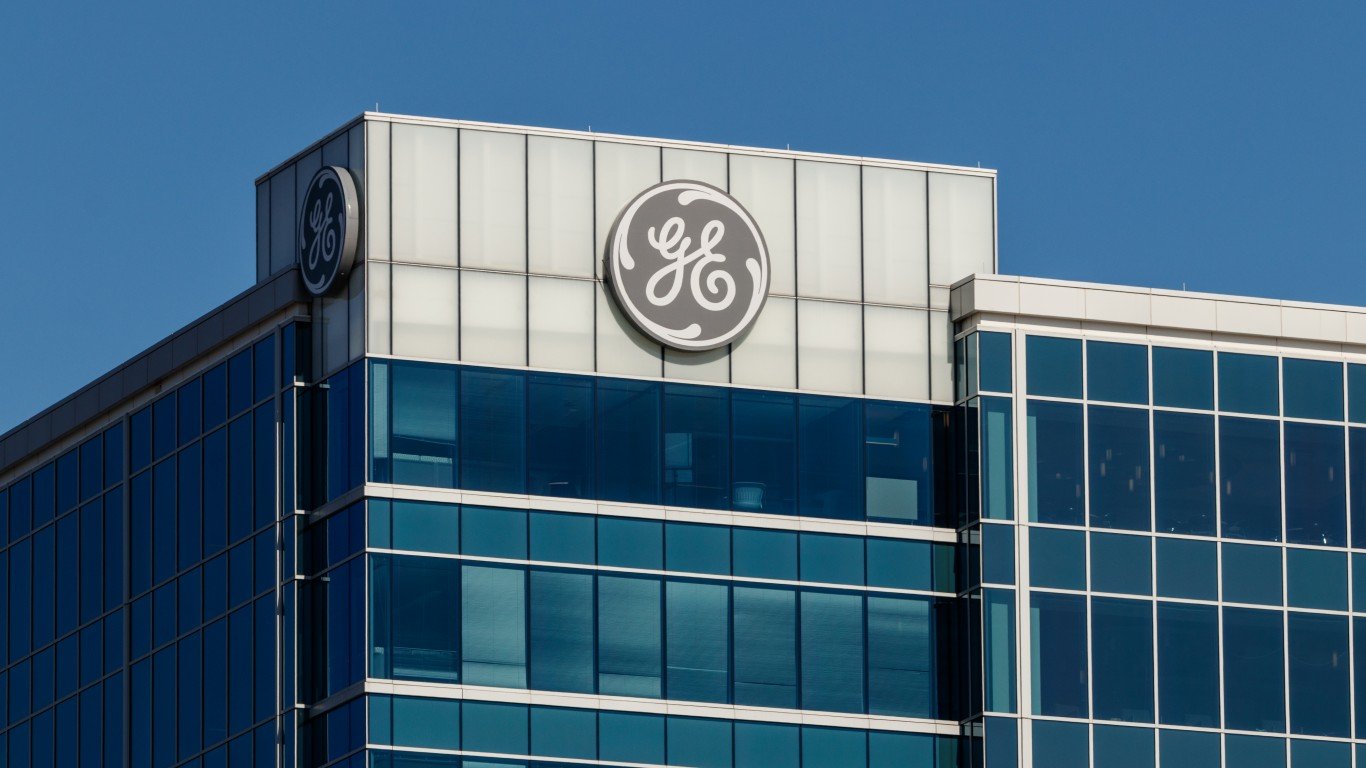
Headquarters: Evendale, OH
Defense Revenue: $4.4 billion
Revenue From Defense: 6%
In 2021 General Electric (GE) announced it would split into three companies – GE Aerospace, GE Vernova, and GE Healthcare. The split was completed in April 2024 so the above figures are from when General Electric was still one company. The bulk of GE’s military sales were with its aviation department, which will continue as GE Aerospace. The new company will continue to manufacture engines for military aircraft.
11 – Honeywell
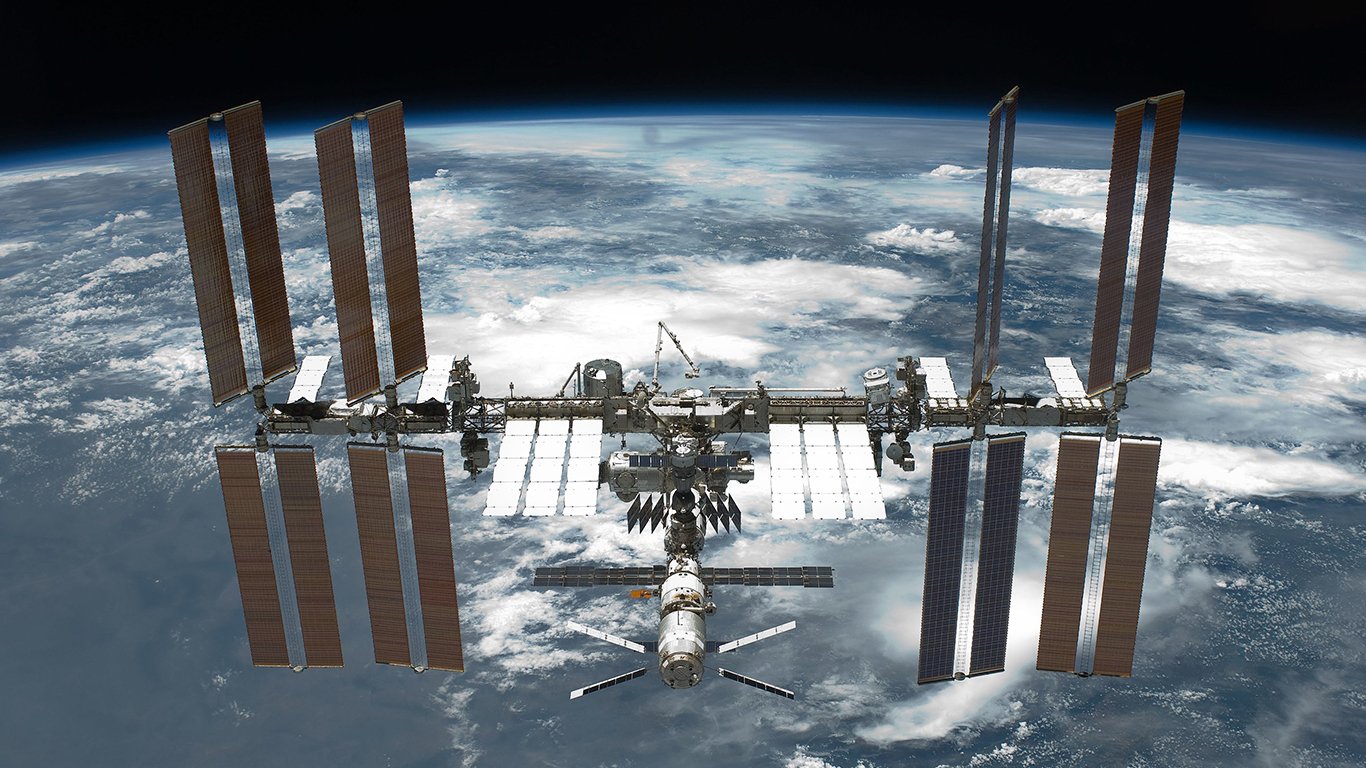
Headquarters: Charlotte, NC
Defense Revenue: $4.63 billion
Revenue From Defense: 13%
Formed in 1906, Honeywell produces aerospace, control technologies, and performance products and services to 80 countries. Defense contracts are a relatively small but important part of the company’s business interest. Major contracts include $476 million to manufacture engines for the US Army’s Chinook fleet and to develop a hydrogen fuel cell system. Honeywell also won a contract to support the Space Force’s Proliferated Low Earth Orbit program in April 2024.
10 – Booz Allen Hamilton

Headquarters: McLean, VA
Defense Revenue: $5.9 billion
Revenue From Defense: 64%
Formed in 1914, Booz Allen Hamilton is a consultancy firm specializing in AI, cybersecurity, and intelligence. The company has worked closely with the NSA since the 1990s and has been previously described as “the world’s most profitable spy agency.” Defense forms an important part of Booz Allen Hamilton’s business, the company has contracts with every military branch. Since it went public in 2010, the company enjoyed its most profitable fiscal year in 2024.
9 – Amentum

Headquarters: Chantilly, VA
Defense Revenue: $6 billon
Revenue From Defense: 70%
8 – Leidos

Headquarters: Reston, VA
Defense Revenue: $9.5 billion
Revenue From Defense: 66%
Leidos was formed in September 2013 when SAIC (Science Applications International Corporation) split into two companies. Leidos is the larger of the two and focuses on innovation and technology in defense, intelligence, health, and engineering. The company has won several major contracts in recent years, making it one of the top recipients of government contracts in the United States.
Leidos won a 10-year contract worth up to $631 million to develop and maintain sensors and reconnaissance equipment with the Army in April 2024. The company is also developing unmanned vessels with the US Navy and a hypersonic missile system with the Air Force.
7 – HII
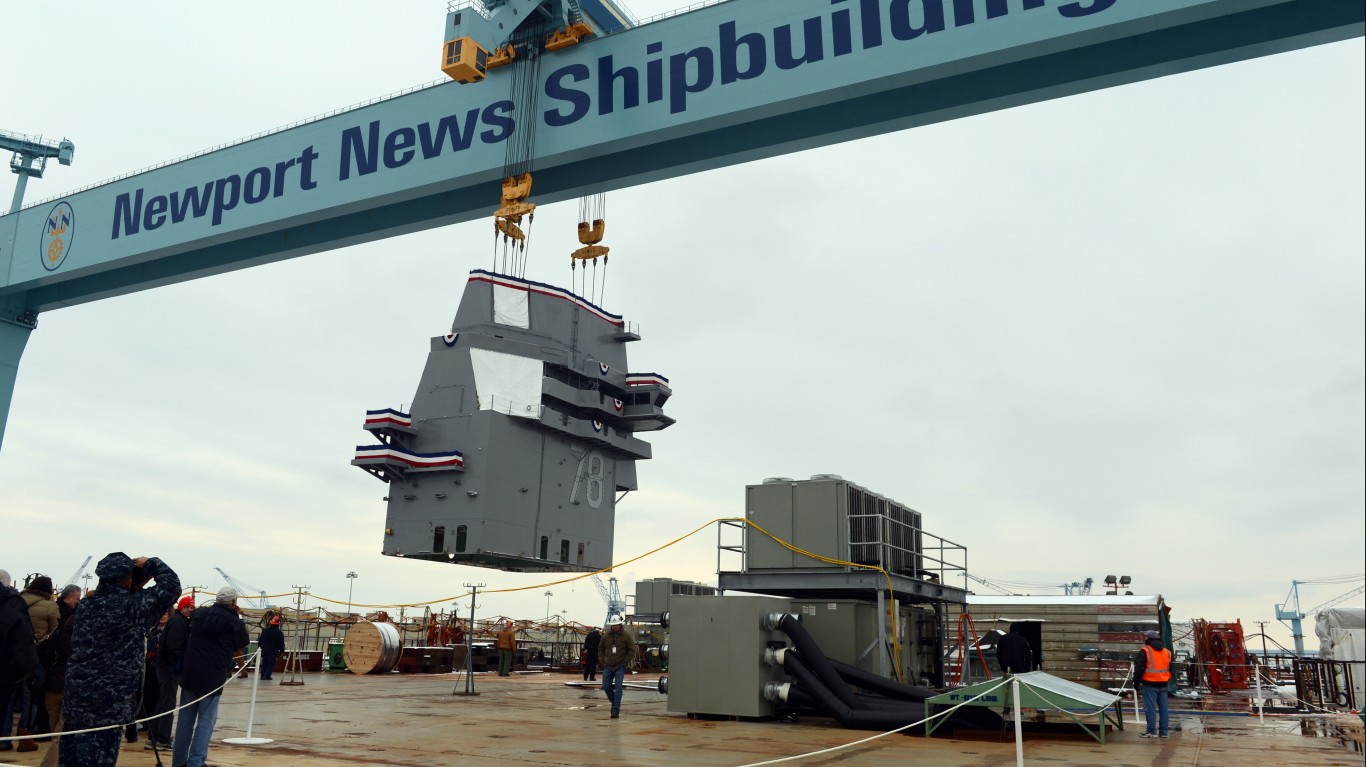
Headquarters: Newport News, VA
Defense Revenue: $10.6 billion
Revenue From Defense: 100%
China has more surface ships than the United States but in terms of overall tonnage, the US Navy is still the world’s largest. Huntington Ingalls Industries (HII) builds and maintains most of those ships. HII is the only company that builds nuclear-powered aircraft carriers. The US Navy has 11 carriers with three new Ford-class supercarriers under construction at Newport News, VA. Additionally, HII manufactures submarines and amphibious ships. The company won a $22 billion contract alongside General Dynamics to build nine Virginia-class submarines in 2019.
6 – L3 Harris Technologies

Headquarters: Melbourne, FL
Defense Revenue: $13.9 billion
Revenue From Defense: 82%
L3 Harris Technologies was formed by a merger between L3 and the Harris Corporation in 2019. The company focuses on military technology in communications equipment, electronics, and missile detection systems. L3 Harris has won several major contracts with the Department of Defense (DoD). In 2021, the company won a $3.3 billion with the DoD for communications equipment in 2021. L3 Harris signed a $6 billion deal to modernize the US Army’s tactical radios in April 2022. In early 2024, the company won a $919 million contract to deliver and operate satellites for missile-tracking.
5 – General Dynamics

Headquarters: Reston, VA
Defense Revenue: $30.4 billion
Revenue From Defense: 77%
General Dynamics is one of the ‘big five’ defense contractors in the United States though China’s AVIC pushes it just outside the world’s top five. Formed in 1952, the company has a diverse portfolio of subsidiaries that produce military vehicles, submarines, and munitions. General Dynamic Land Systems builds a range of armored vehicles for the United States and European armed forces. The most notable is the M1 Abrams and its variants which have been the mainstay of the US Army for decades. The United States agreed to send 31 Abrams to Ukraine in 2023.
Another subsidiary, Electric Boat, based in Groton, CT, has built submarines for the US Navy since 1899. The company received a $17.6 billion contract for 10 Virginia-class submarines, the biggest shipbuilding contract ever until it won an even larger $22.2 billion deal for nine more submarines in 2019.
4 – Boeing
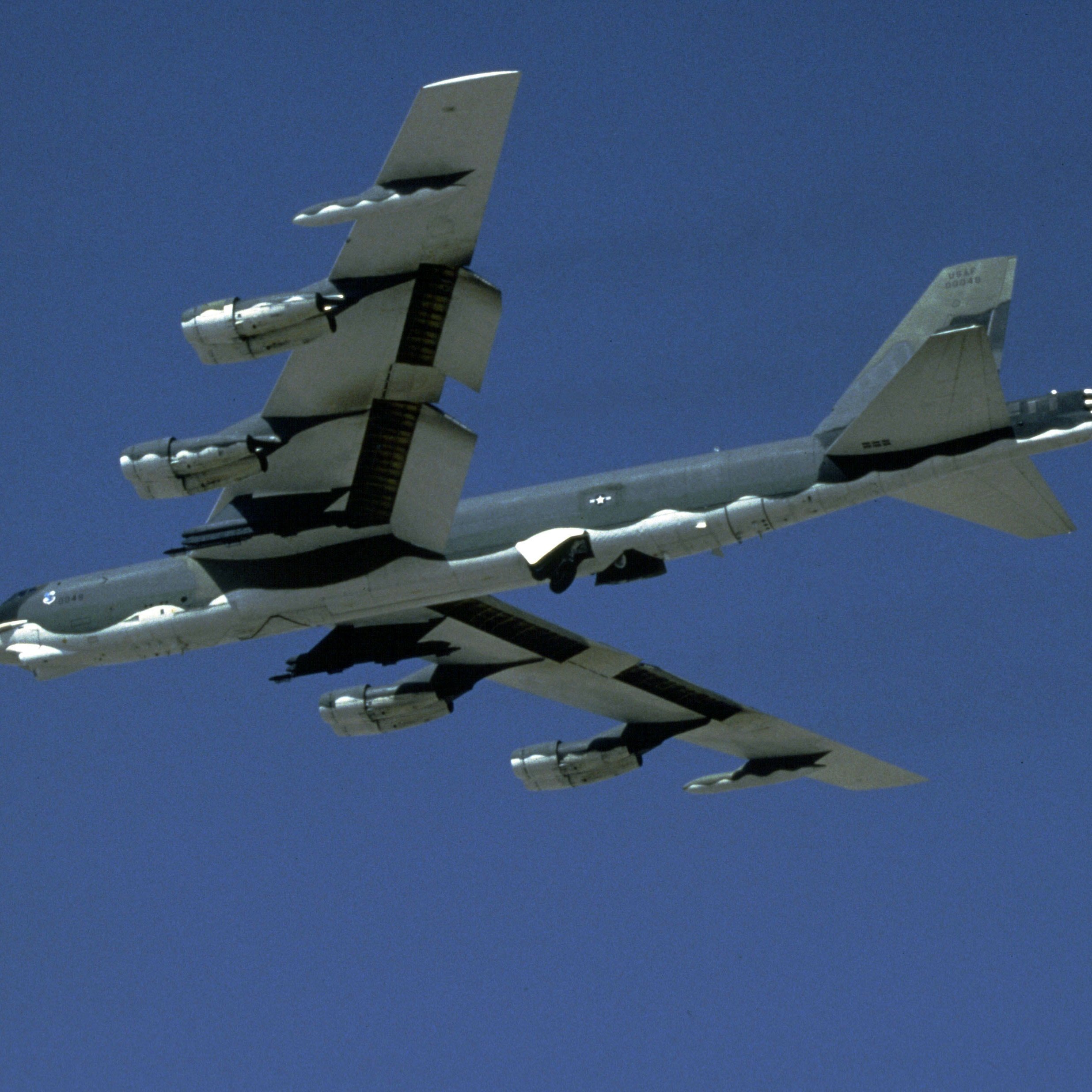
Headquarters: Arlington, VA
Defense Revenue: $30.8 billion
Revenue From Defense: 46%
The aerospace giant is a leading manufacturer of commercial and military aircraft. Boeing was formed in 1916 and its present formation came in 1997 after merging with McDonnell Douglas.
Defense contracts make up a little under half of the company’s revenue. Boeing is responsible for some of the most iconic military aircraft in history. The B-52 bomber is still in service after 72 years and its service life could extend into the 2040s. The F/A 18 Super Hornet is a mainstay of the US Navy, the multirole carrier-based fighter has been in service since 2001. A final $1.1 billion contract for 17 Super Hornets was agreed in March 2024.
Boeing also makes some of the world’s most recognizable military helicopters such as the AH-64 Apache and the H-47 Chinook. The company also builds air defense systems and drones. While 2024 has certainly been a year to forget for Boeing, the company is still landing large defense contracts.
3 – Northrop Grumman
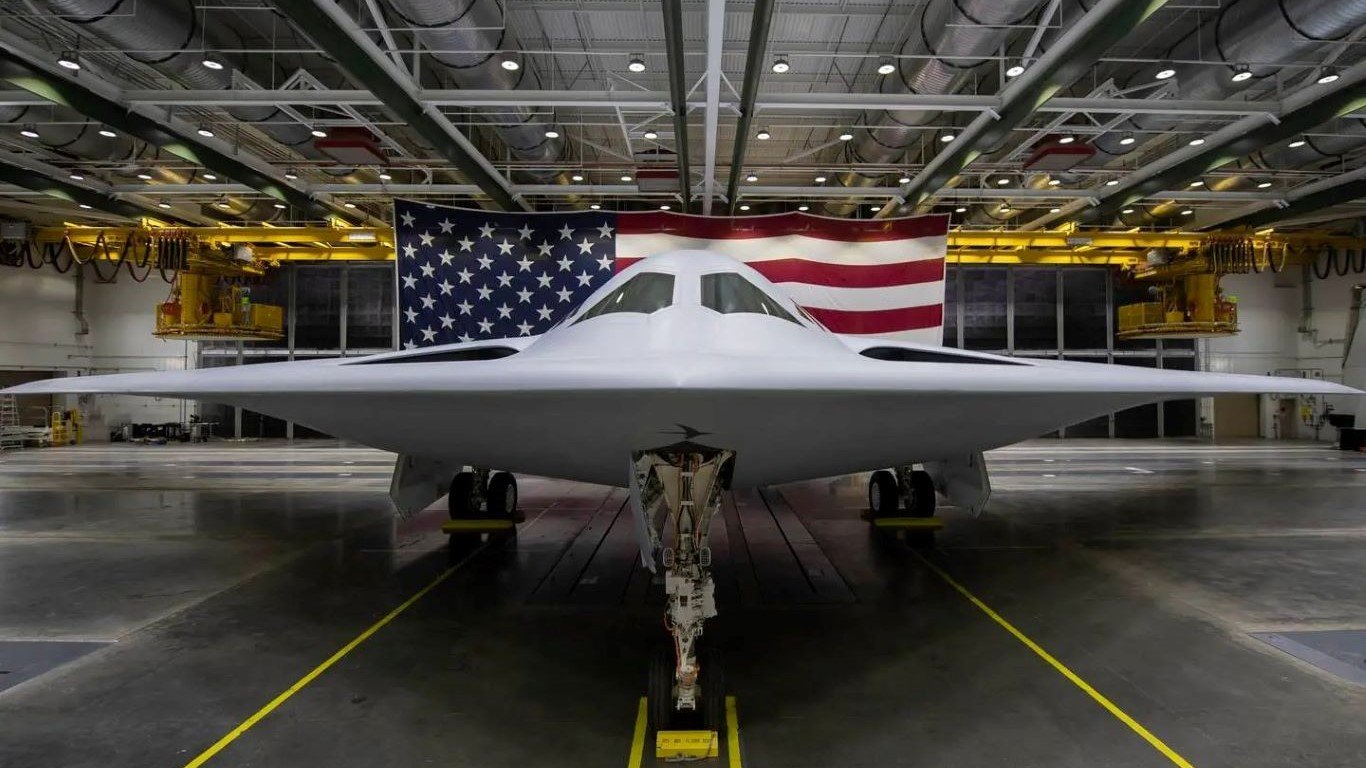
Headquarters: Falls Church, VA
Defense Revenue: $32.4 billion
Revenue From Defense: 89%
Northrop Grumman was formed in 1994 when Northrop Corporation purchased Grumman Corporation. The company specializes in manned and unmanned aircraft, missile defense, navigation, radar, and space. As well as subcontracting on the F-35 Lightning II and Super Hornet, the company is responsible for some of the best-known military aircraft in its own right.
Northrop built the B-2 Spirit, perhaps ironically the most prominent stealth bomber in service today, and is working on its successor, the B-21 Raider. Grumman took over support for the A-10 Thunderbolt II in 1987. The notoriously tough close-support aircraft is still in service. The company also works on autonomous systems like the Global Hawk and MQ-4C Triton.
2 – RTX
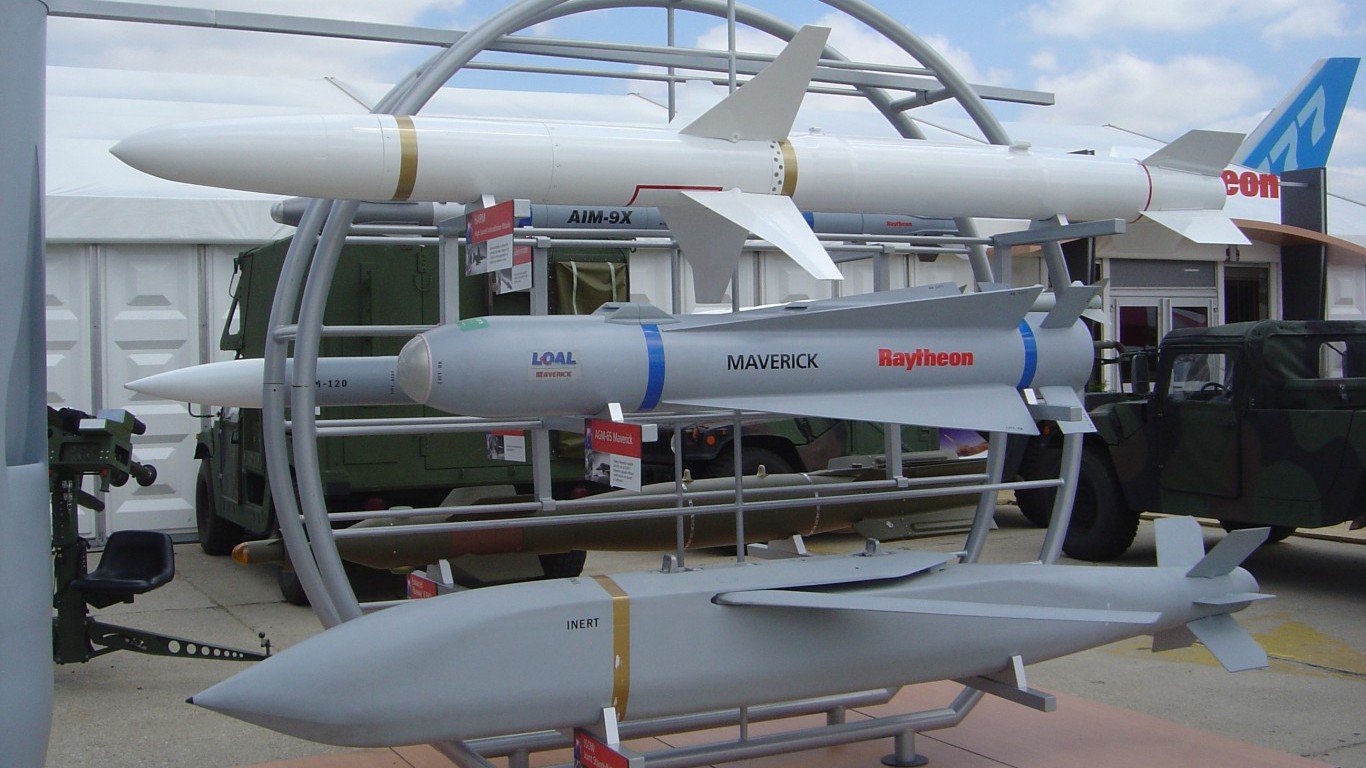
Headquarters: Arlington, VA
Defense Revenue: $39.6 billion
Revenue From Defense: 59%
By total revenue, RTX is the largest company featured in this article. However, like Boeing, the company previously known as Raytheon derives a significant portion of its revenue from civilian contracts. Its defense interests include aircraft engines, air defenses, drones, guided missiles, and hypersonics.
Pratt and Whitney, an RTX subsidiary, manufactures the F135 engine used in the F-35 Lightning II. The DoD ordered 500 F135 engines in a $5.2 billion contract awarded to Pratt and Whitney in 2023. Collins Aerospace, another RTX subsidiary, makes advanced civilian and military aircraft components. Raytheon, the third major subsidiary, produces air defenses, guided missiles, and drones. The MIM-104 Patriot is a missile defense system used by the United States and several allies. Ukraine took delivery of badly needed Patriots in 2023.
Countermeasures for drones are a growing priority for the US military and Raytheon won a large contract to provide hundreds of Coyote interceptors in December 2023.
1 – Lockheed Martin
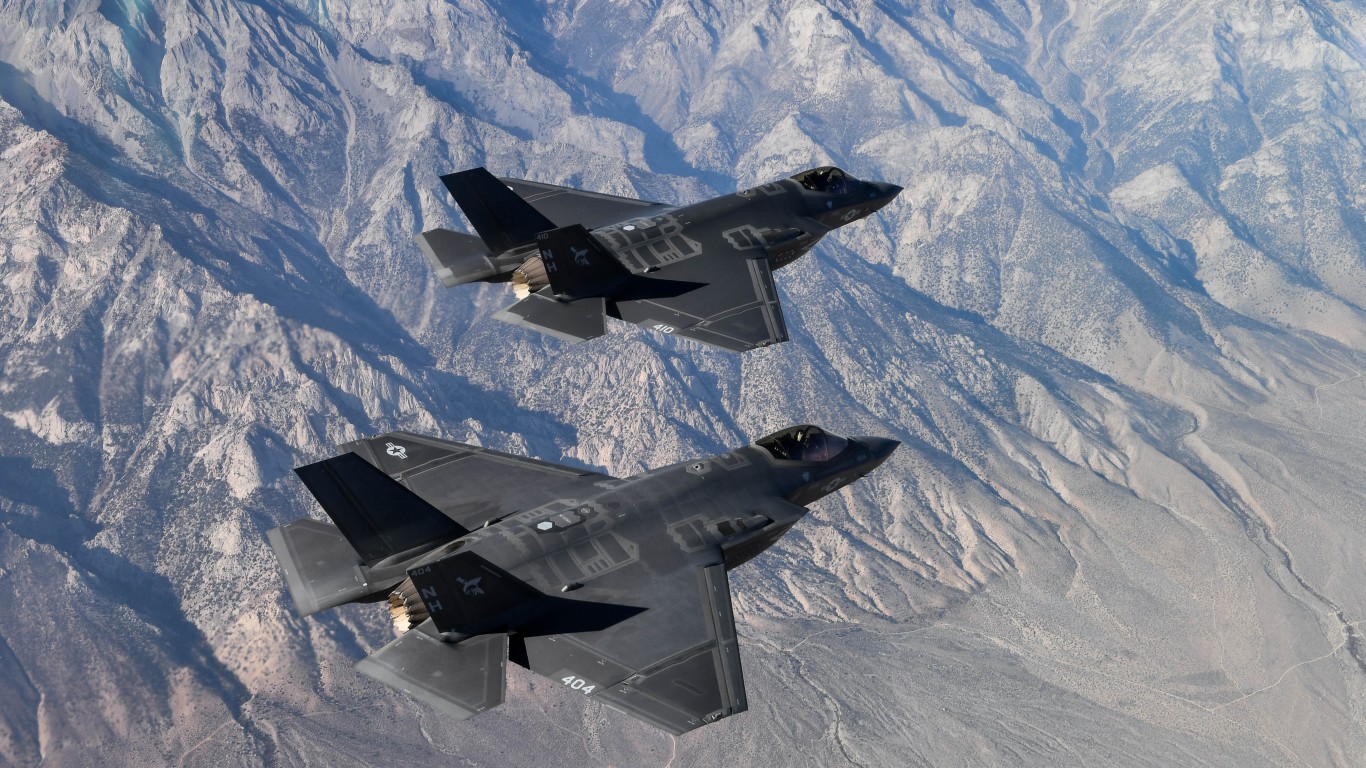
Headquarters: Bethesda, MD
Defense Revenue: $63.3 billion
Revenue From Defense: 96%
Lockheed Martin takes in slightly less overall revenue than Boeing and RTX but because almost all of its income (96%) stems from defense, it is the largest defense contractor by a distance. The company was formed by a 1995 merger between Lockheed Corporation and Martin Marietta. Lockheed Martin has a diverse portfolio of products and services but its most lucrative is in military and rotary-wing aircraft.
It builds the Blackhawk helicopter and the C-130 Hercules both are versatile workhorses of the US military with exceptionally long service lives. Lockheed Martin also manufactures fourth and fifth-generation multirole fighters. It is the prime contractor on the F-16 Fighting Falcon, F-22 Raptor, and the F-35 Lightning II. The latter is the most expensive weapons program in history, with a projected lifetime cost above $1.5 trillion.
The Future: More Innovation?
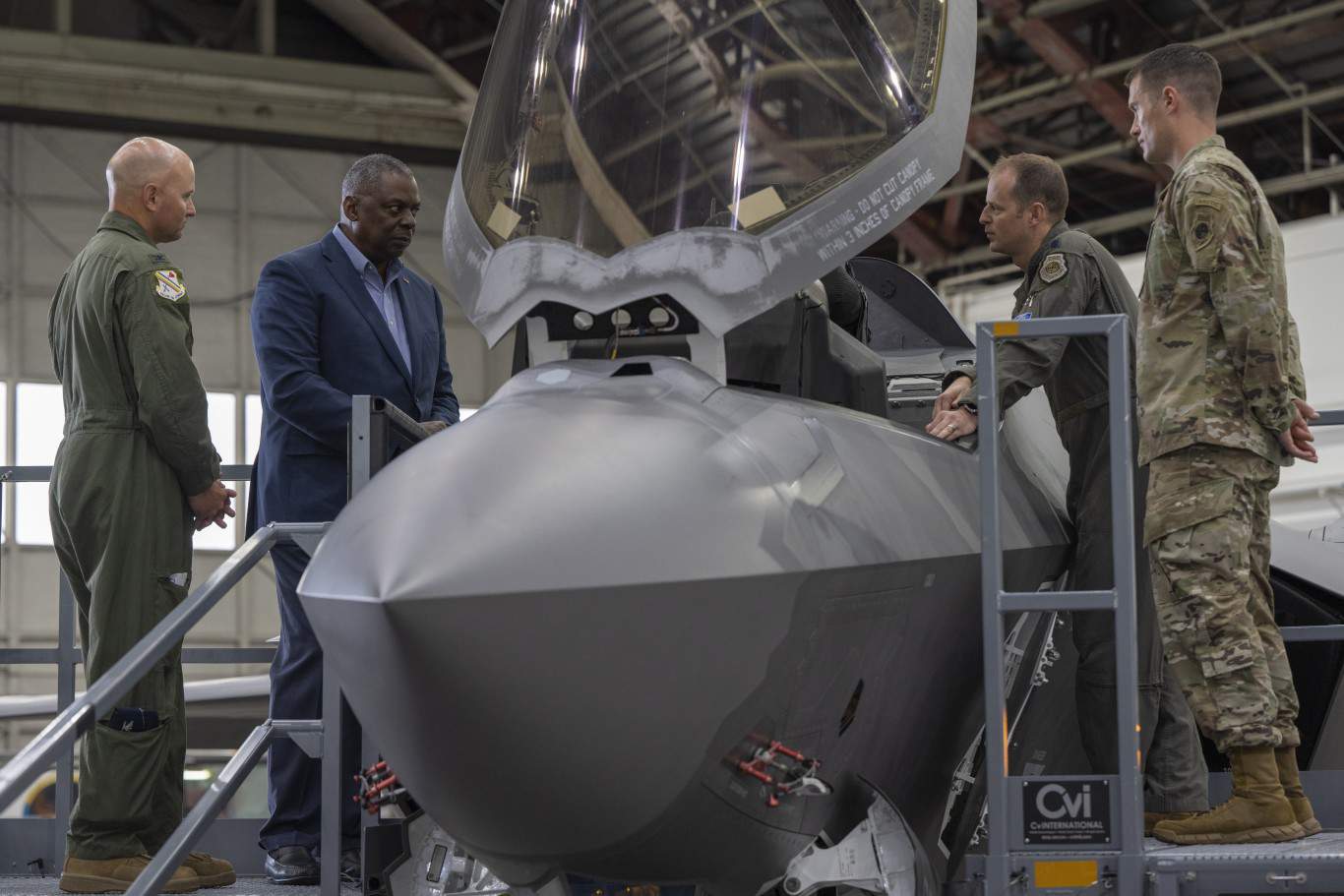
Secretary of Defense Lloyd Austin has spoken of the problematic relationship between the Pentagon and Silicon Valley and the need to encourage innovation. The “valley of death” refers to the gap between the development stage and the adoption of new technology by the DoD that often leaves tech firms hanging.
One measure used to hasten the adoption of cutting-edge technology is the Defense Innovation Unit (DIU). The DIU received a massive hike in funding for 2024 to $946 million, up $800 million from the previous year. It will still be some time before startups can compete with legacy contractors but the funding increase signals major intent.
Conclusion
The effects of the consolidation frenzy of the 90s are still felt today. The ‘big five’ are still very much the top dogs of the defense sector but that may change in the future. The current geopolitical landscape and future threats on the near horizon require a change in priority. If the United States wants to stay at the summit of military might, it must foster more competition and encourage innovation.
Thank you for reading! Have some feedback for us?
Contact the 24/7 Wall St. editorial team.